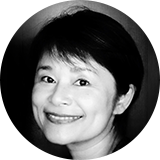It was a phone call from an acquaintance in Tokyo who often travels to Oregon for business that started it all. He told me there were two people from Oregon roaming around the northeast with what sounded like an impossible mission: they were in possession of what appeared to be parts of Torii gates that had washed up in their state in 2013, presumably the result of the tsunami two years earlier, and they wanted to find out where the wreckage came from. "Can you help?" he asked.
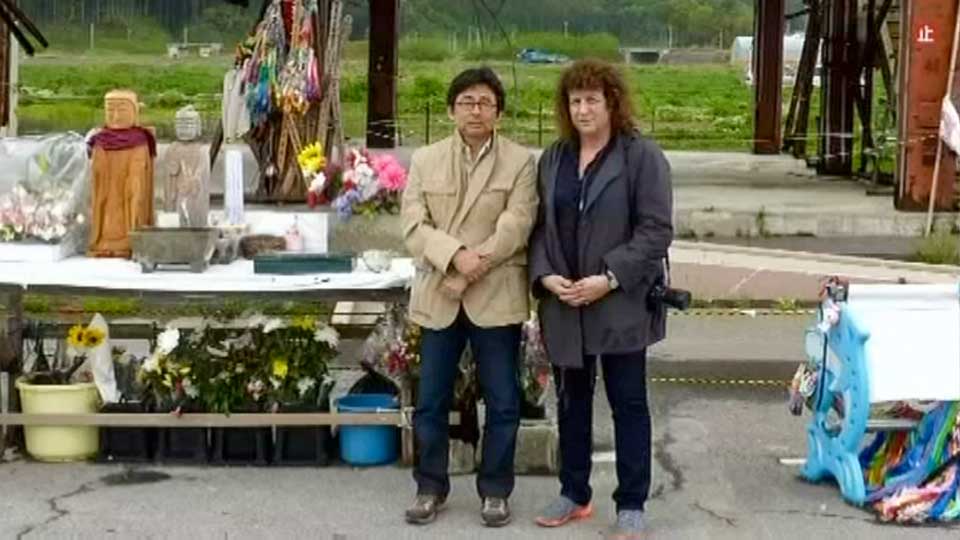
My initial thought was that it couldn't be done, but nonetheless I asked him how to reach them. The two visitors were Uchiyama Sadafumi, curator of Portland's Japanese Garden, and Dorie Vollum, then a member of the garden's board of trustees. I called Uchiyama, and he told me it was their last day in the region but they still had no leads. The earthquake and tsunami had damaged over 4,000 Shinto shrines, small and large, and all had at least one Torii gate.
To make things even harder, the coastal region still looked as if the tsunami had struck the day before. Search teams were looking for bodies through the rubble. Perhaps it wasn't yet the right time to be asking people about the lost Torii. But I was moved by their devotion and thought the people in the area would appreciate knowing that the world hadn't forgotten about them. So I asked a colleague at NHK's broadcasting center in Sendai to send a reporter to talk to the duo. A camera crew arrived at their hotel at 5 a.m. the following morning, just 90 minutes before their scheduled departure for Tokyo. During the interview, Uchiyama took out photos of the beams, and they revealed a vital clue.
Attached to one of the beams was a wooden plank bearing the name of the benefactor who had paid for the Torii: Takahashi Toshimi. The two pieces of wood were attached by traditional Japanese joinery without the use of nails. If they had separated on the 7,000 kilometer journey across the Pacific, this clue would surely have been lost in the water.
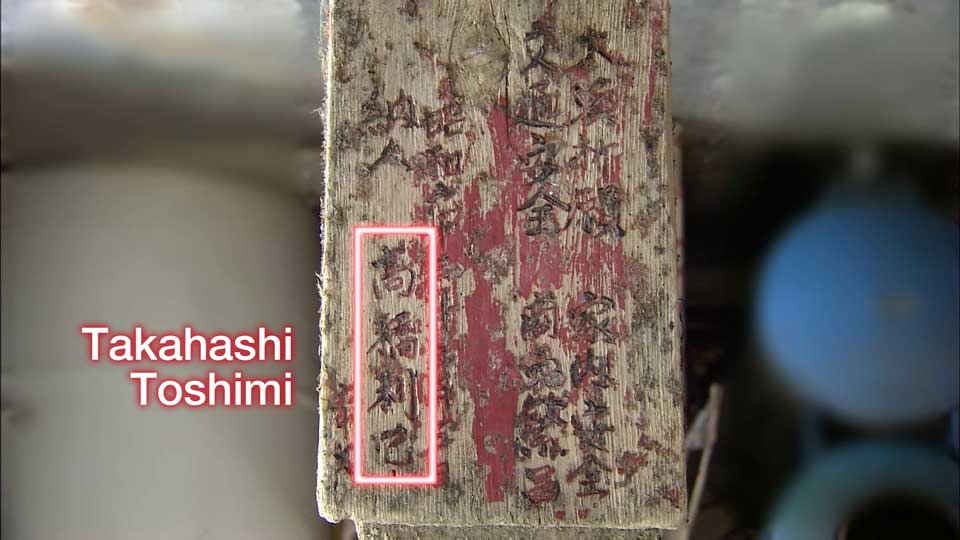
That day, the Sendai station aired a short clip about the pair and their mission in the local news. Local historian Sakai Hitoshi happened to be watching and he immediately got to work.
He believed that, given how far the pieces had traveled, the Torii must have been located close to the ocean. He also noticed that the horizontal beams were only about four meters long, so it clearly wasn't a large gate. Sakai used Google Maps to look for Torii that matched this description in the areas hit by the tsunami. He found many candidates.
The far north seemed as good a place as any to begin. He called the Hachinohe City Museum in Aomori Prefecture and spoke to the then deputy director, Furusato Jun. Sakai asked if he knew a Takahashi Toshimi who had donated a Torii gate to a local shrine. Furusato was stunned: Yes, Takahashi, then 86, was the former head of a fishing association in the nearby town of Okuki. He had donated antique fishing equipment to the museum. Sakai couldn't believe it. He had hit on the mystery man on his first try.
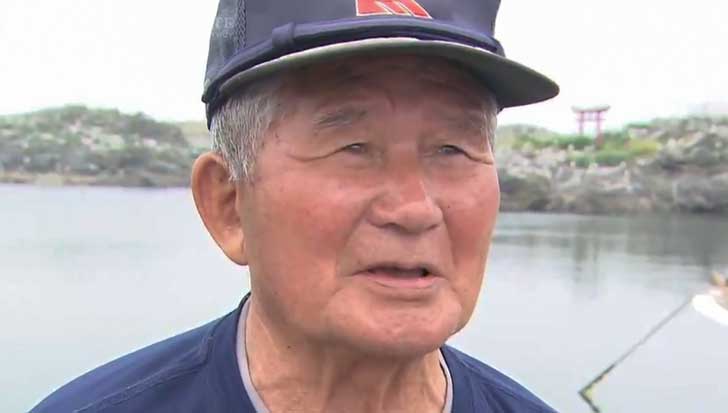
Okuki is a small community of about 800 residents. At the tip of its pier stands a shrine that houses a statue of a sea goddess who is believed to protect the safety and livelihood of the community. Fishermen pray to the Torii gates at the front of the shrine from their boats before going further out to sea. The tsunami didn't take a human toll on the village, but it destroyed most of the fishing boats and cottages that stored the gear at the port. Okuki's fishing industry had been declining for years, attracting fewer and fewer young residents. The tsunami was a massive blow.
To get the background to the story, I flew to Portland and visited the Japanese garden. At the time, officials there were trying to raise funds to pay for the beams to be returned to Japan. They told me about the history of the garden, and suddenly their devotion to the cause made sense.
The garden officially opened in 1967 with a mission to reforge friendship with the people of Japan, the World War II-era enemy. Before the war, tens of thousands of Japanese immigrants had settled on the west coast, including in Oregon. But following the Japanese military's attack on Pearl Harbor in 1941, they and their descendants were sent to internment camps. The government seized their farmland and assets. In the 1950s, the city of Portland decided to create the garden as a place where people could not only enjoy the landscape but learn about Japanese culture as well. With financial support from citizens and businesses of both countries, the garden's founders hired Japanese landscape architects and gardeners. And a teahouse was donated and shipped from Japan. For the past fifty years, it has been one of the most successful and well-maintained Japanese gardens in the US and was attracting more than 350,000 visitors a year before the coronavirus pandemic.
When the earthquake and tsunami hit Japan's northeast back in 2011, officials at the garden wondered what they could do to help the affected people. Then, the Torii beams appeared.
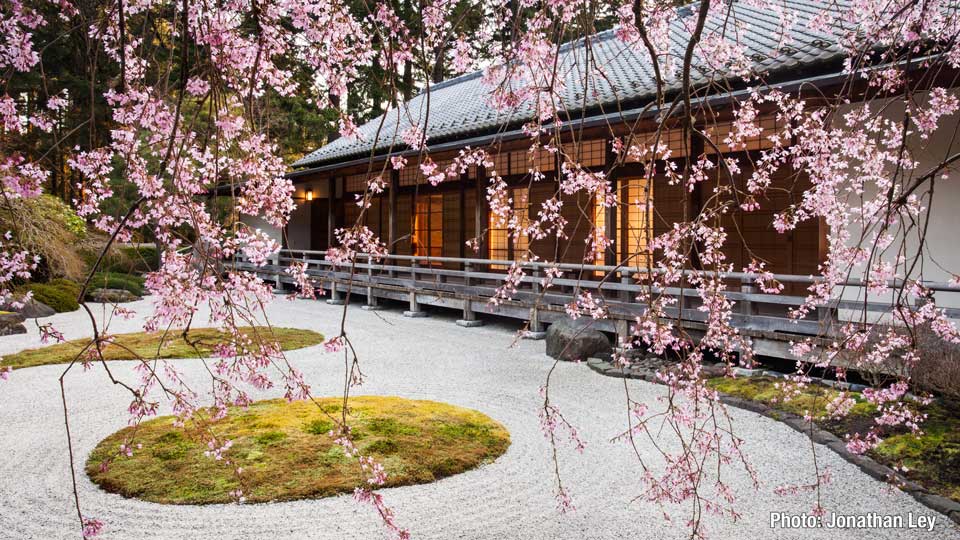
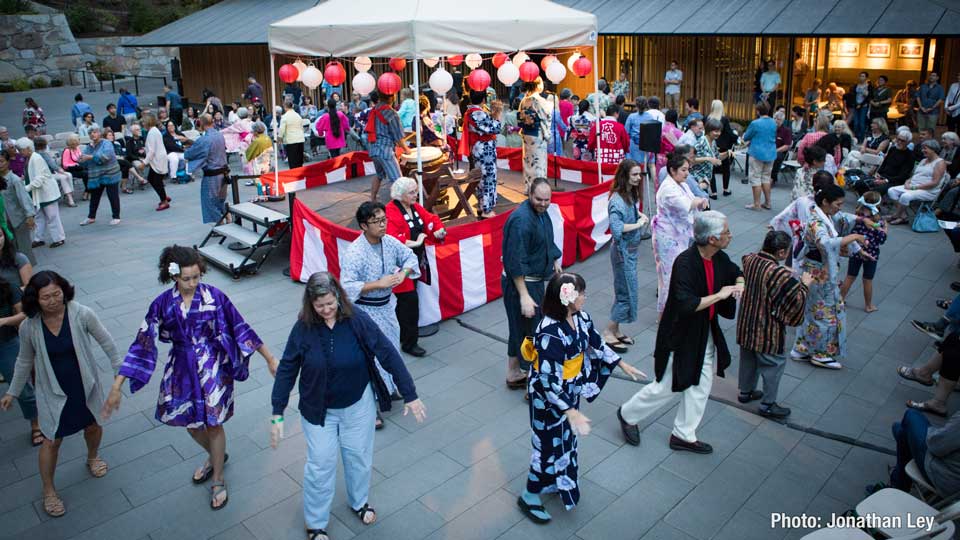
Jabrila and Wali Via, local farmers, found one of the beams on the beach in Florence, Oregon. It looked familiar to Wali, who thought he had seen something similar on his business trips to Japan. The couple sent photos to Jabrila's sister Kate, who happened to be a Japan travel expert, asking her what it was they had stumbled upon. "You'd better pray to it," Kate replied, giving them pointers on technique: bow twice, clap your hands twice, and bow once more. They did just that, then turned toward Japan, across the ocean, and repeated.
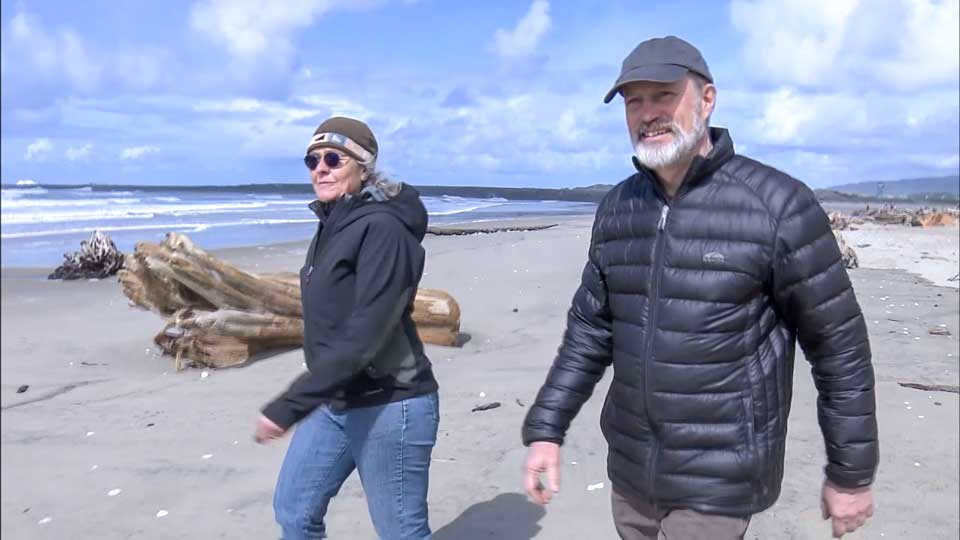
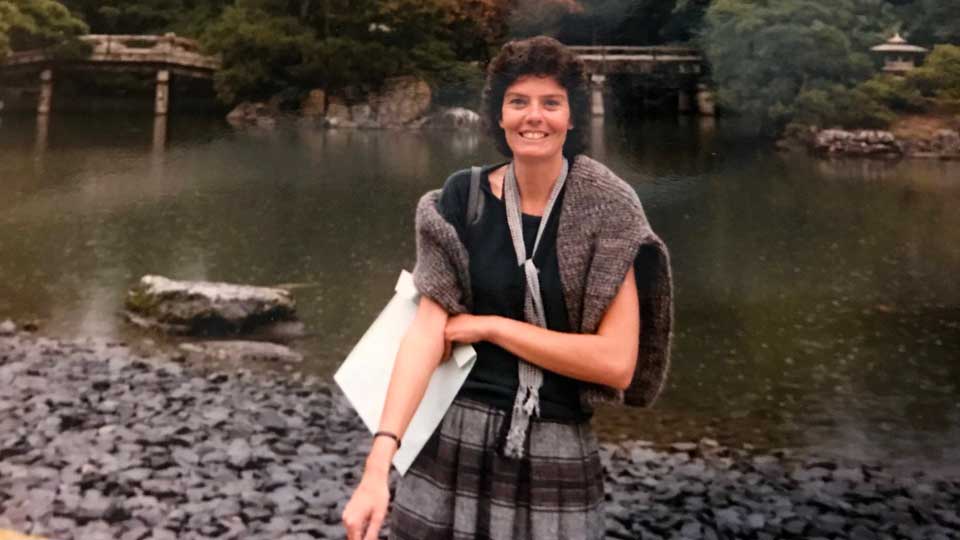
Portland resident Ray Liebe heard about the project to return the Torii to Japan and stepped in to handle the transport. He says his lumber and shipping company has had business ties with Japan going back to before the war and some of his partners were affected by the disaster. "So when I heard about the garden's efforts, I immediately called and said I could help," Liebe says.
He found space aboard a container ship bound for Yokohama. By the time they were headed across the ocean, the beams were famous in both countries. They were welcomed to Japan in October 2015 at a ceremony attended by US Ambassador Caroline Kennedy and several high-ranking Japanese officials.
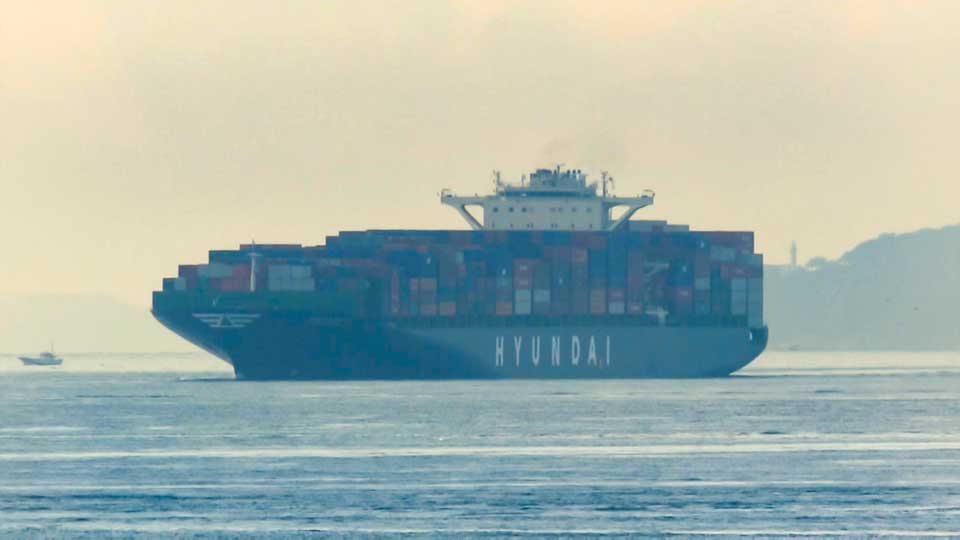
But that wasn't the end of the journey. The beams were greeted with another ceremony when they finally reached Okuki, and some of the villagers in attendance were in tears. A fisherman told me a story that made the Torii's return even more poignant.
"You may not know it, but this isn't the first time something like this has happened here," he said. He told me how a tsunami had swept through the port of Okuki in 1896, destroying the shrine and carrying away the iron statue of the sea goddess. The villagers thought their guardian angel was gone forever but 91 years later, in 1987, a fisherman found her stuck in a crevice in the quay. The statue had lost both of its arms, but the villagers were nonetheless happy to have her back. For them, the return of the Torii marked the second time part of their community had miraculously found its way home.
"But this time," the fisherman said, "she brought visitors all the way from the US."
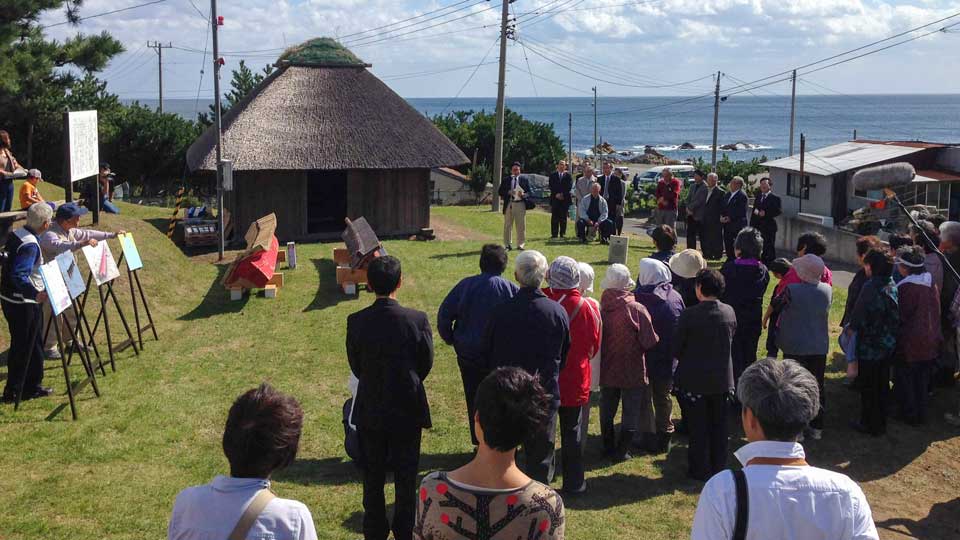
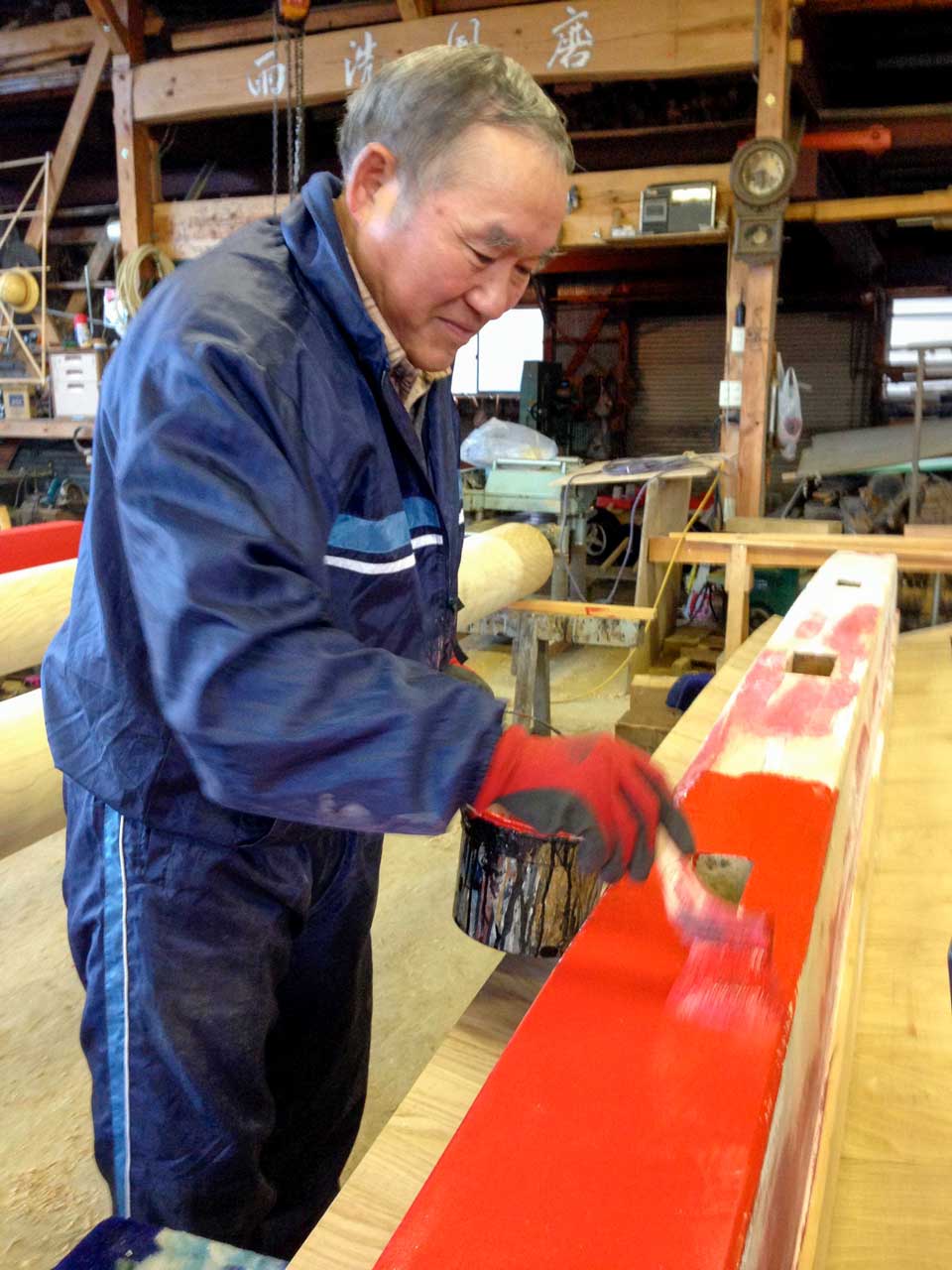
Ten years after the 2011 disaster, the Torii has become a symbol of enduring international friendship, and Okuki’s sea goddess has brought people of two distant countries closer together.
Returned Torii – 10 Years After the Disaster (Watch Video 10:05)

